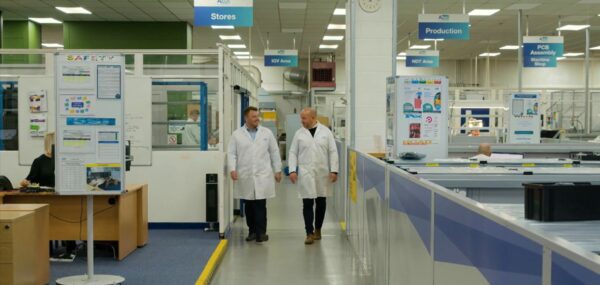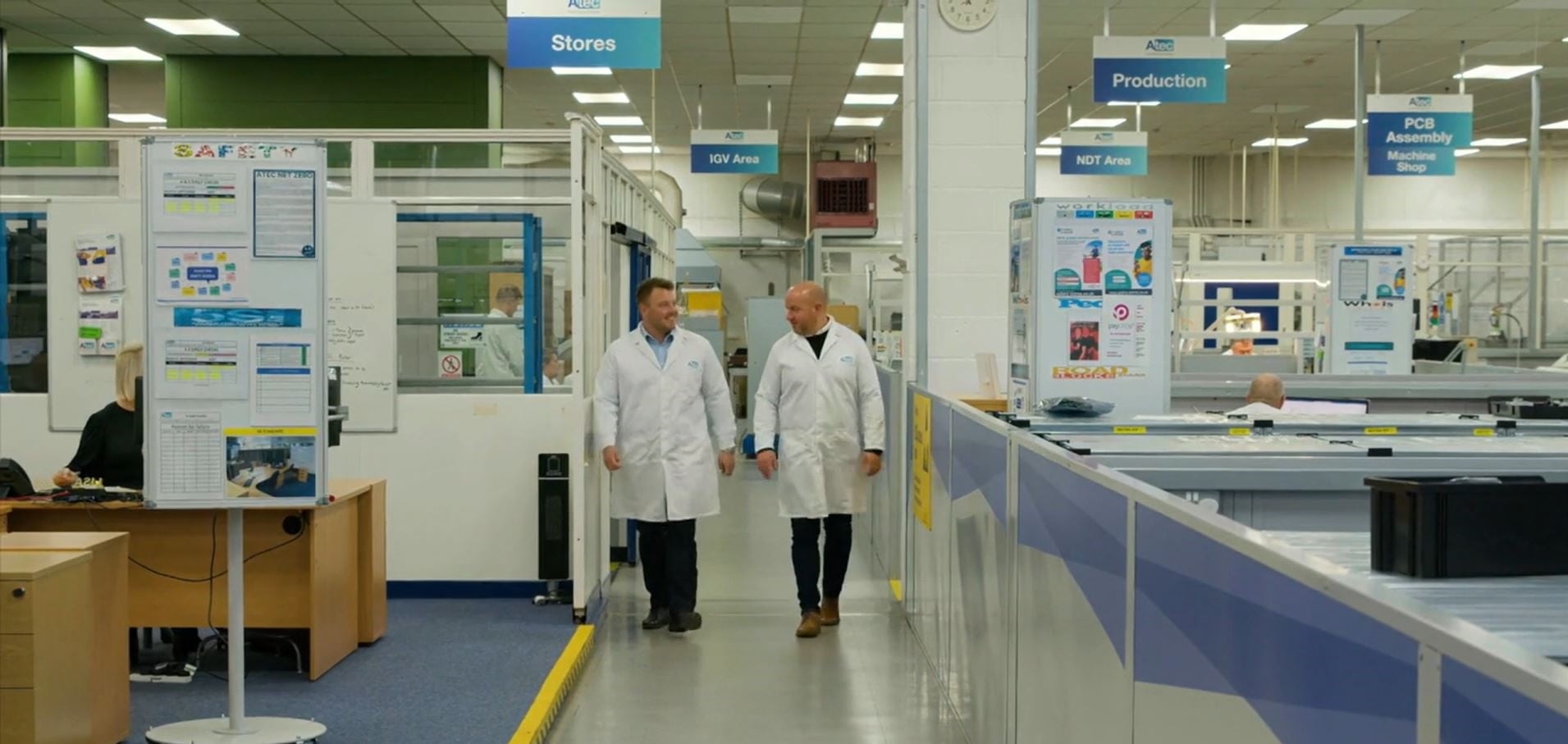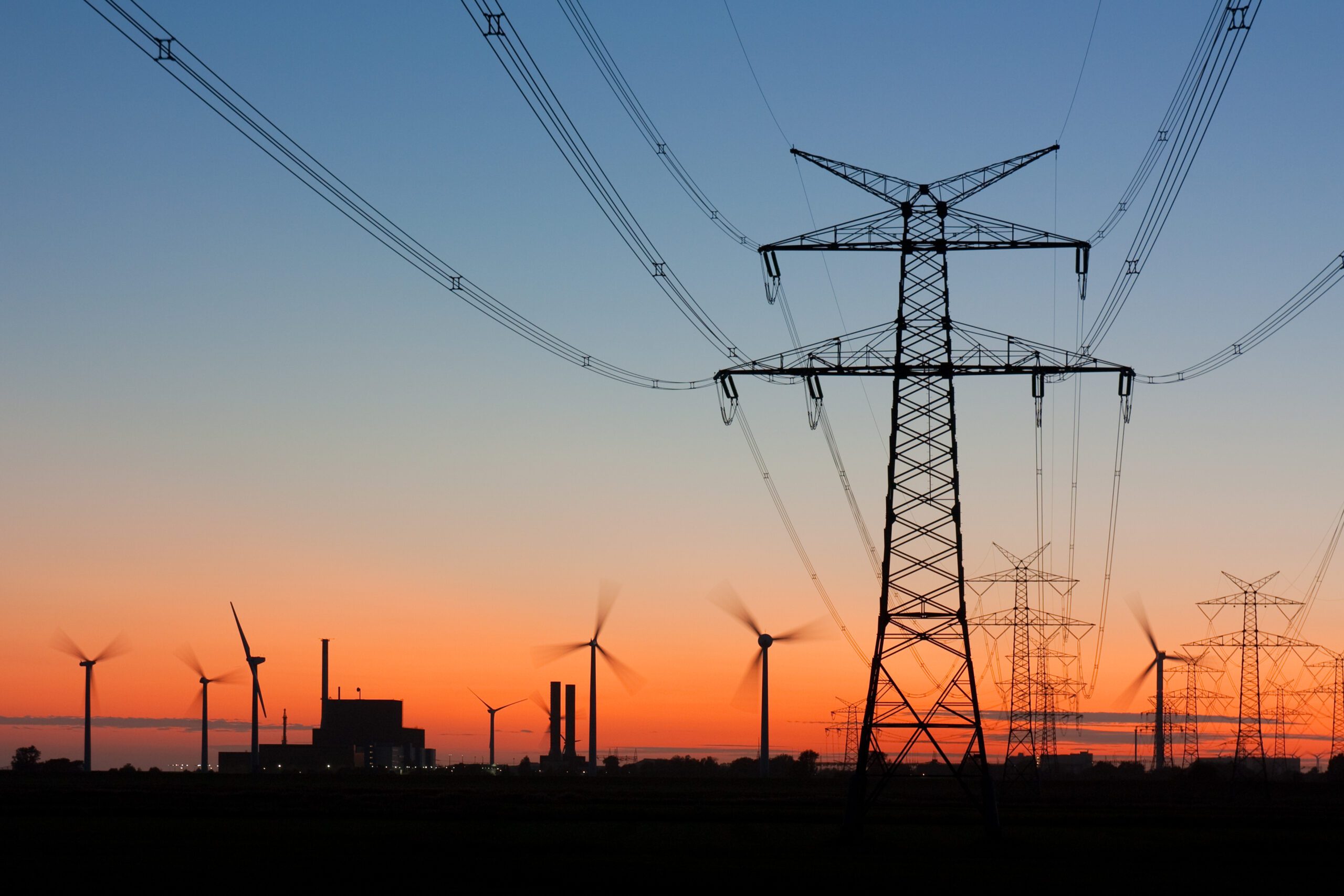
For many UK organisations, the next step will be achieving ‘carbon negative’ emissions – removing more carbon from the environment than they emit – resulting in ‘net negative’ emissions. Some also refer to this goal as becoming ‘climate positive’. Microsoft, for example, has committed to becoming ‘carbon negative’ by 2030, and by 2050, it is aiming to have removed all of the carbon that it has ever emitted (since it was founded in 1975) from the atmosphere.
This may sound daunting, but if you have a net-zero target in place, then achieving climate positive status is likely to involve extending some of the measures you will need to take to achieve net-zero. Let’s take a look at what’s involved in becoming carbon negative.
Why do we need to achieve ‘net negative’ emissions?
According to the Intergovernmental Panel on Climate Change (IPCC), carbon removal – the process of extracting carbon dioxide from the atmosphere and storing it – will be essential to ensuring that global temperatures do not exceed 1.5°C-2°C above pre-industrial times.
While every business has a responsibility to reduce its emissions, some sectors, such as agriculture and aviation, will be unable to stop creating carbon emissions entirely, no matter how many decarbonisation measures they put in place. In order to achieve ‘net-zero’, we will therefore need to remove emissions from the environment in order to ‘balance out’ any residual emissions that these industries cannot avoid creating.
How can we remove carbon from the atmosphere?
There are a number of ways that carbon dioxide can be removed from the atmosphere, such as:
- Afforestation, which involves growing forests where there weren’t any before
- Reforestation, in which forests are re-established on land where forests previously existed
- Adding biochar – charcoal produced from biomass – to soils, which keeps the carbon stored in the soil
- Ocean fertilisation, or adding nutrients to the ocean to increase its ability to absorb carbon dioxide
- Enhanced mineralisation, in which carbon dioxide from the atmosphere reacts with minerals in rocks to create new minerals which ‘store’ carbon dioxide as solid material
- Bioenergy with carbon capture and storage (BECCS), in which biomass from sustainable forests is burned to produce renewable power and the carbon emissions released during combustion are captured and stored
- Direct air capture, which involves using huge fans to draw in air and push it through a chemical filter which removes the carbon dioxide. The carbon dioxide is then captured and stored or utilised in other processes or products.
Each of these methods has pros and cons, but crucially, many are still in developmental stages and unproven on a commercial scale. It’s currently estimated that we will need to remove 10 gigatonnes of CO2 from the atmosphere a year by 2050, and double that amount by 2100. Today, we’re actively removing very little carbon dioxide from the atmosphere, because technologies like direct air capture and BECCS are yet to take off.
What can businesses do today to become climate positive?
While it’s likely to be some time before your business can invest in direct air capture or BECCS technology, many carbon offsetting projects focus on afforestation and deforestation, and by supporting these projects, your business can help to remove carbon from the atmosphere. These types of carbon ‘removal’ projects actually reduce the amount of carbon dioxide in the atmosphere, whereas many other ‘preventative’ carbon offset projects merely prevent the release of greenhouse gas emissions.
Every tonne of carbon dioxide that these projects remove or prevent creates one carbon offset or ‘carbon credit’. Your company can buy as many of these carbon credits as you need to achieve your goals – so if you’re looking to achieve:
- Carbon neutrality, then you will need to buy carbon credits (can be carbon removal projects or ‘preventative’ carbon offset projects) equivalent to your current emissions, which will enable you to ‘neutralise’ your emissions
- Net-zero, then you will need to buy carbon credits (only from carbon removal projects) equivalent to your current emissions, but only once you have minimised your emissions as much as possible through carbon reduction measures
- Carbon negative, then you will need to purchase more carbon removal offsets than you require to simply cover your current emissions, so you’re removing more carbon from the atmosphere than you are creating.
Key considerations before you invest in carbon offsetting
Carbon offsetting may sound like the ideal way to ensure that your organisation reaches its sustainability targets – but it’s important to ask some key questions before you invest in a carbon offsetting project:
- Have you reduced your carbon emissions as much as you can?
Offsetting shouldn’t be used in place of investing in emission reduction – no matter what your sustainability target may be. Investing in offsetting projects can help you to reach sustainability goals like net-zero and climate positive, but unless you have done as much as you can to minimise greenhouse gas emissions from your operations, you could be seen as greenwashing or simply paying others to remove emissions you can’t be bothered to tackle within your own business. So make sure carbon offsetting complements your emission reduction measures, instead of replacing them.
- How many carbon credits will you need to purchase?
Before you choose a carbon offsetting project, you need to have a clear understanding of your current carbon footprint- scopes 1, 2 and 3 – as this will enable you to work out how many carbon credits you will need to buy. You also need to decide if you are going to target just your scope 1 and 2 emissions or emissions from your value chain (scope 3) as well. If you have a significant volume of emissions, you may need to invest in more than one project to cover your emissions completely.
- How beneficial will this project really be?
It’s also important to thoroughly understand the impact a carbon offsetting project will have before you decide to invest. There are varying levels of quality of carbon offsets, ranging from low-cost ‘bronze’ projects to expensive carbon removal projects. Choosing between investing in ‘preventative’ carbon offsets and carbon removal offsets will therefore impact the cost of purchasing credits and also the status you can claim, i.e. net-zero vs carbon neutral. Additionally, more expensive carbon offset projects often have added social and environmental benefits and so the overall impact you want to have through carbon offsets schemes is important to consider.
Support for your sustainability goals
At Inspired, we know that when it comes to achieving your sustainability goals, expert support can go a long way. So whether you’re looking to achieve carbon neutrality, net-zero or become climate positive, find out how our experts can help you to take the next step on your sustainability journey by calling us on 01772 689 250 or emailing us at [email protected].










